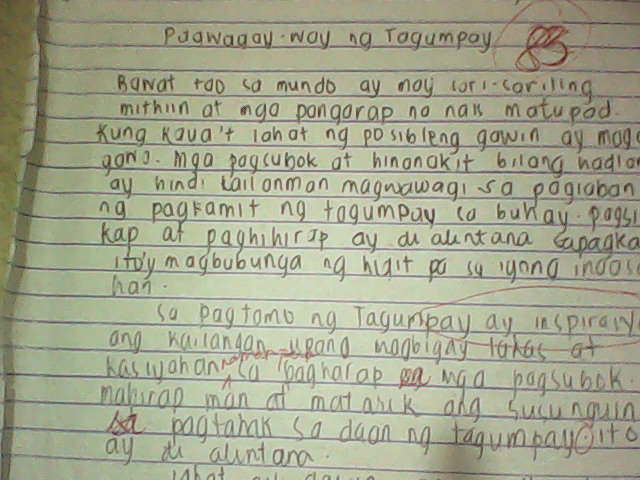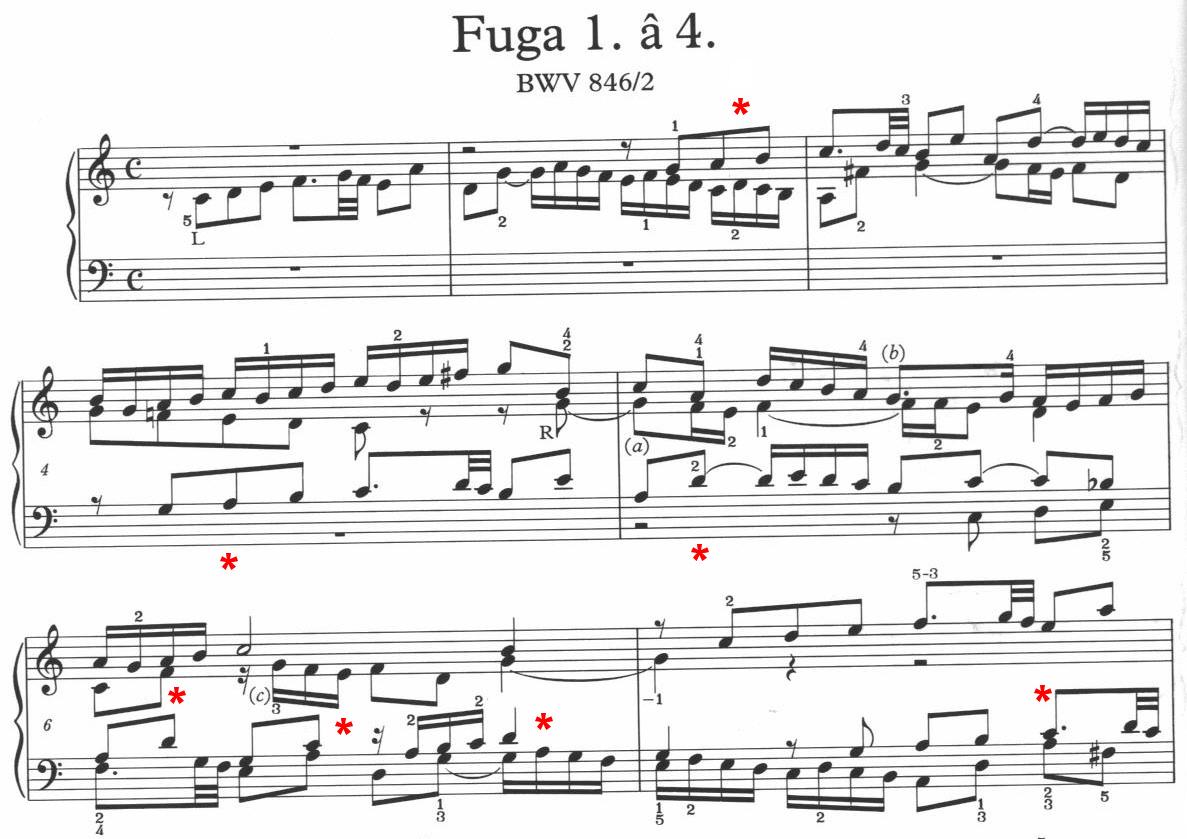The European view of the Indo-European Homeland.
The first one says that the Proto-Indo-European people and language come from Pontic-Caspian steppes where they lived about 4000 BC (Kurgan hypothesis). According to the second, the Urheimat is to be looked for in Anatolia about 7000 BC. Other theories place the homeland in Armenia.The Proto-Indo-European language is accepted as the common ancestor of all Indo-European languages, which is estimated to have been spoken around 5000 to 3000 BCE in areas of Eastern Europe and Western Asia. And this language had to have been spoken by a people now called the Proto-Indo-Europeans. But who were they and where were they located?An almost complete loss of laryngeals during the Late Proto-Indo-European stages fits into a coherent timeline within the known dialectal evolution. With that a priori assumption, we limit the need for unending ad hoc sound-laws for each dialectal difference involving a sonorant, which would in turn need their own exceptions.
The Kurgan hypothesis or steppe theory is the most widely accepted proposal to identify the Proto-Indo-European homeland from which the Indo-European languages spread out throughout Europe, Eurasia and parts of Asia.According to David Anthony, the most likely location for the Proto-Indo-European homeland was Anatolia (ancient Turkey). false Of the inventions below that are reconstructable for PIE, which one definitively tells us the Indo-European homeland existed during Neolithic times?

The Oxford Introduction to Proto-Indo-European and The Proto-Indo-European World fills the need for a relatively concise introduction to the full range of reconstructed vocabulary of the language that gave rise to the world's largest language family. It addresses two levels of readers. The first comprises general readers and students who want to know more about the Indo-Europeans and how they.












